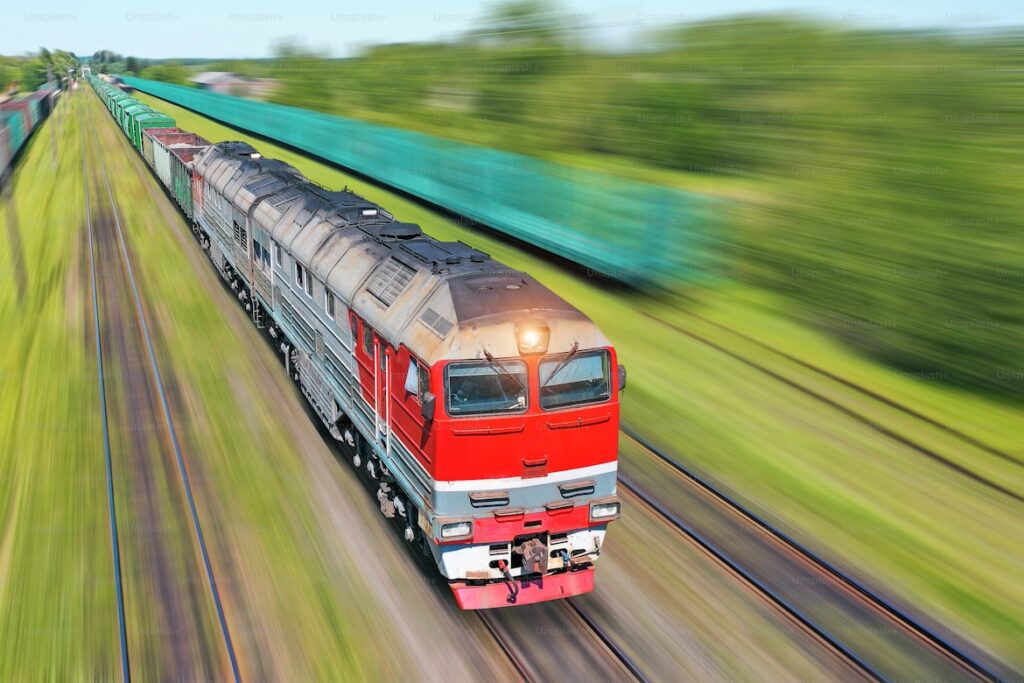Indian Railways Upgrades Tracks for High-Speed Train Operations

The Indian Railways has made major strides in modernizing its infrastructure to support faster train travel across the country. A significant upgrade of rail tracks now allows trains like the Vande Bharat Express to operate at speeds exceeding 130 kmph.
According to the Ministry of Railways, more than 78% of railway tracks across India are now capable of supporting speeds above 110 kmph. This milestone marks a transformative leap in the nation’s rail capabilities.
In a written response to the Rajya Sabha on Friday, July 25, Minister of Railways Ashwini Vaishnaw outlined the key upgrades that have taken place over the last decade. “Upgradation and improvement of railway tracks on Indian Railways to increase the speed potential have been carried out in a big way during the last 10 years,” he stated.
Highlighting the measures undertaken, Vaishnaw mentioned the use of modern materials and technology, including:
60 kg heavier rails for enhanced strength
Wider base concrete sleepers
Thick web switches
Longer rail panels for smoother rides
H Beam sleepers
Advanced track renewal and maintenance machinery
“These efforts have significantly enhanced the speed potential of railway tracks across the country,” the minister added.
With these upgrades, Indian Railways is on track to not only improve operational efficiency but also provide safer, faster, and more comfortable travel for millions of passengers.

🚆 Vande Bharat and Beyond
The successful rollout of Vande Bharat Express trains—India’s first semi-high-speed train series—relies heavily on these upgraded tracks. Operating at speeds up to 160 kmph, these trains drastically reduce journey times between key cities and enhance passenger comfort.
With track upgrades now covering a majority of India’s railway network, more routes are expected to be added to the Vande Bharat and future
📈 Future Plans
The Indian Railways is not stopping here. Future plans include:
Dedicated High-Speed Corridors (like the Mumbai-Ahmedabad Bullet Train project)
Electrification of entire railway network
Use of Artificial Intelligence and Data Analytics for predictive maintenance
Expansion of smart signaling systems and automatic train.
🌏 Economic and Environmental Impact
Faster and more reliable trains will improve trade logistics, reduce dependence on road transport, and lower carbon emissions. The upgrades are expected to:
Boost economic activity through faster goods transport
Enhance regional connectivity
Reduce energy consumption per passenger kilometer
🧭 Conclusion
The modernization of Indian Railways is a massive step toward building a faster, smarter, and more sustainable transportation system. With over 78% of the rail network now high-speed ready, India is truly on the fast track to becoming a global railway leader.
